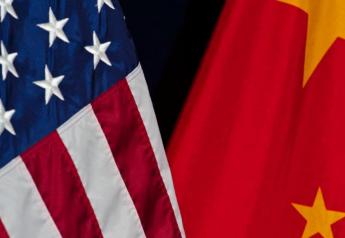Tentative Deals Reached with Some Rail Unions and Railroads: Still More Work to do to Avert a Strike
Tentative Union Agreement 083122
Tentative deals have been reached with three of the 12 rail unions and large U.S. freight railroads. These unions represent more than 15,000 workers or only 11% of the 140,000 total workforce.
The five year labor contract between the Class one railroads and workers includes wage increases and expanded health coverage. Transportation officials say they hope this provides pressure for more of the labor unions to come to an agreement on the Presidential Emergency Board’s recommendations and and avert a strike in mid-September, which would cripple the ag industry just as harvest ramps up.
Mike Steenhoek, Soy Transportation Coalition Executive Director, says it encouraging and hopefully there will be a domino effect. "So our hope is that moving forward this will provide some real momentum for some of the other remaining unions to come to an agreement as well. You know ultimately what we want to make sure is that rail service is improving, not taking a step back."
If the remaining workers decide to strike history indicates it won't take long for Congress to intervene. The last widespread rail strike occurred in the 1990s, and only lasted one to two days. Steenhoek says there's also political motivation with the November elections right around the corner. “That would provide a real lose lose situation if they didn't come to an agreement and the workers proceeded with any kind of slow down or even initiated a strike. So, I do see a real strong desire by a lot of influential people to try to prevent that from happening.”
However, National Grain and Feed Association officials say with the recent rail issues, service won't return overnight. Max Fisher, Chief Economist, National Grain and Feed Association says, “I think we're still gonna have problems, you know, this fall this winter, you know, it may be a year, even before we start to have more normal rail service.”
Steenhoek says a Congressional precedent has been set but also by the administration with their recent actions to keep the supply chain moving
The Presidential Emergency Board was appointed after years of failed labor talks. The nine remaining unions and major carriers have until September 16 to accept or reject the plan.







